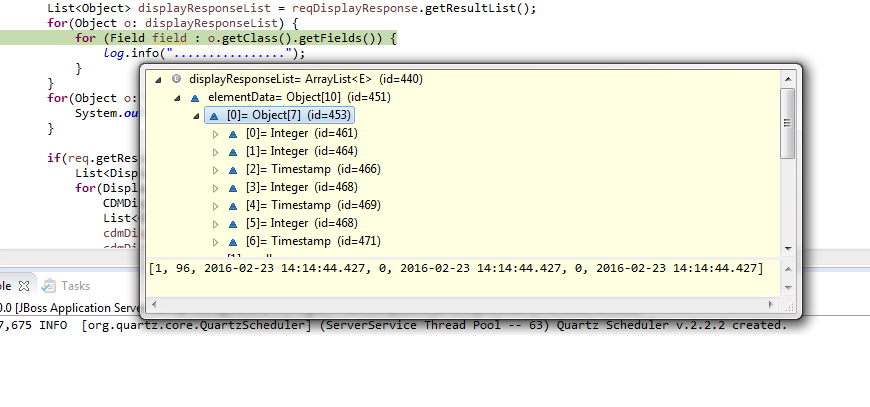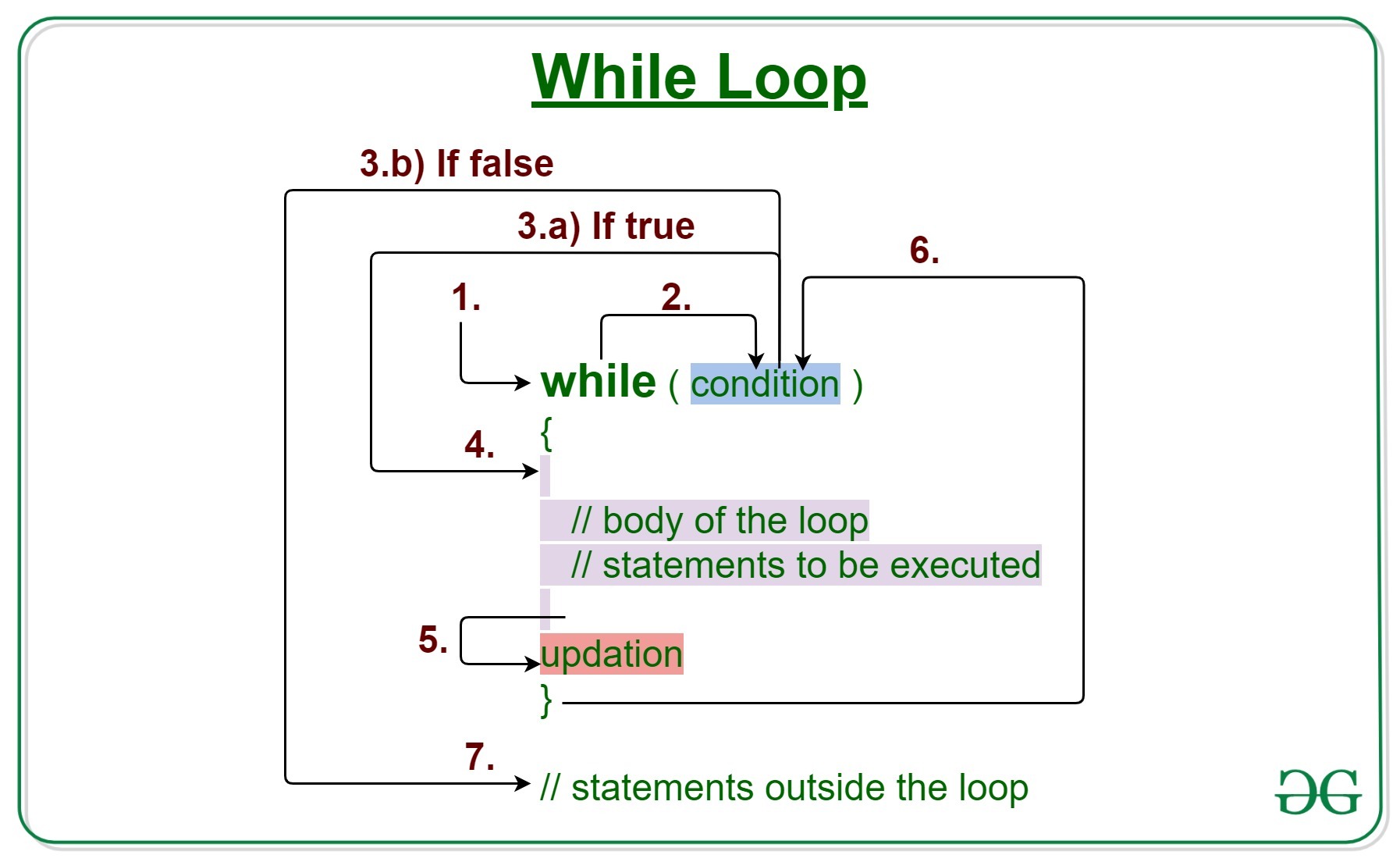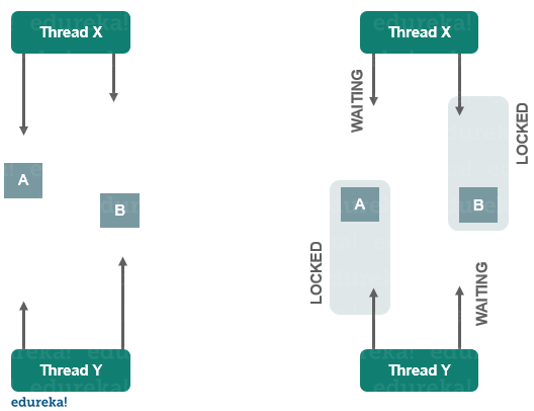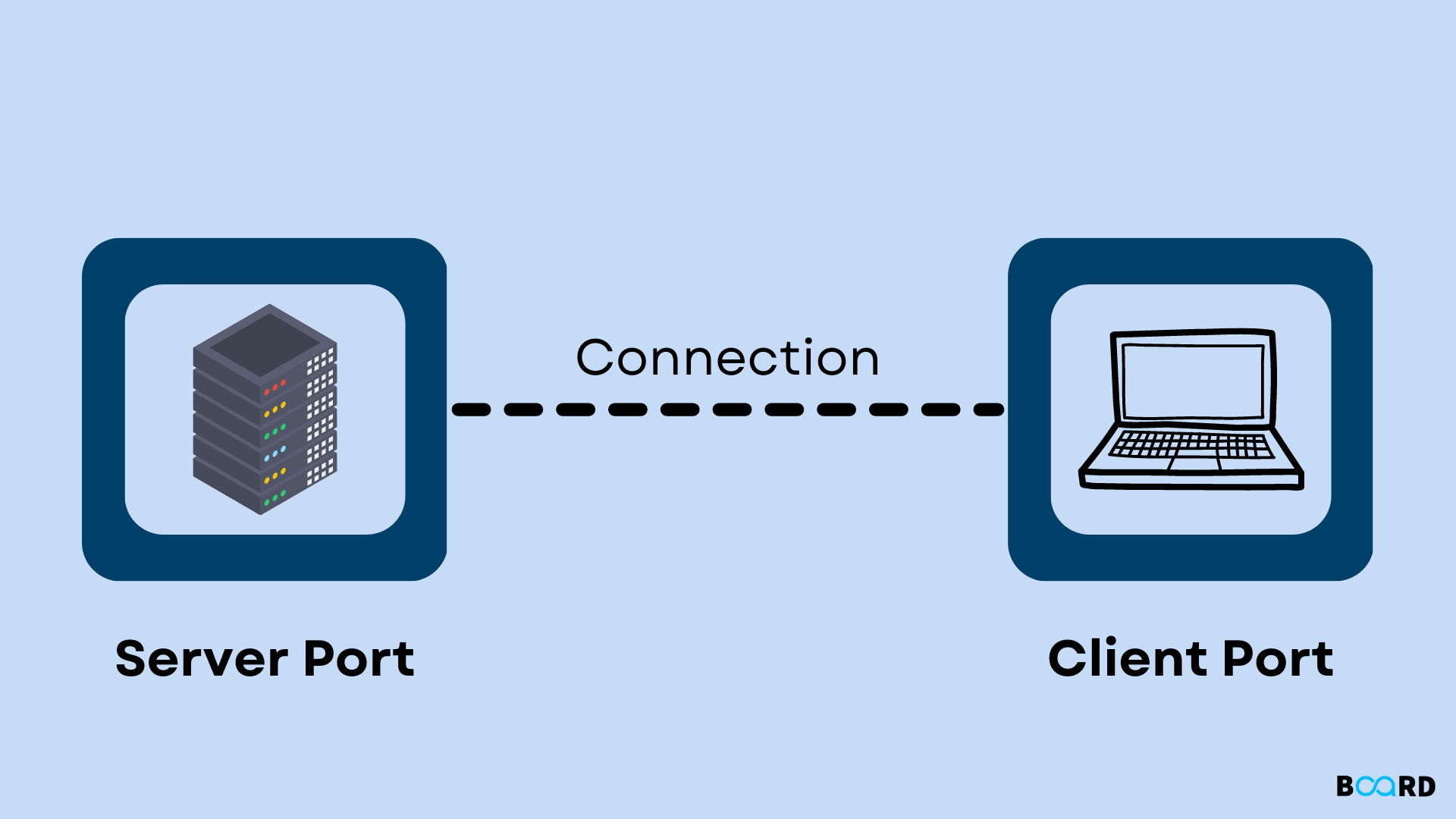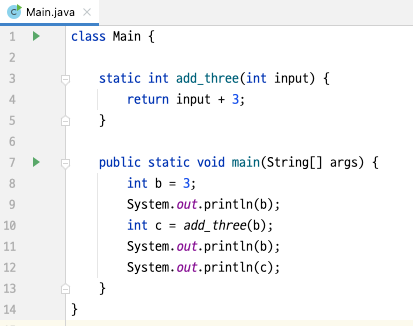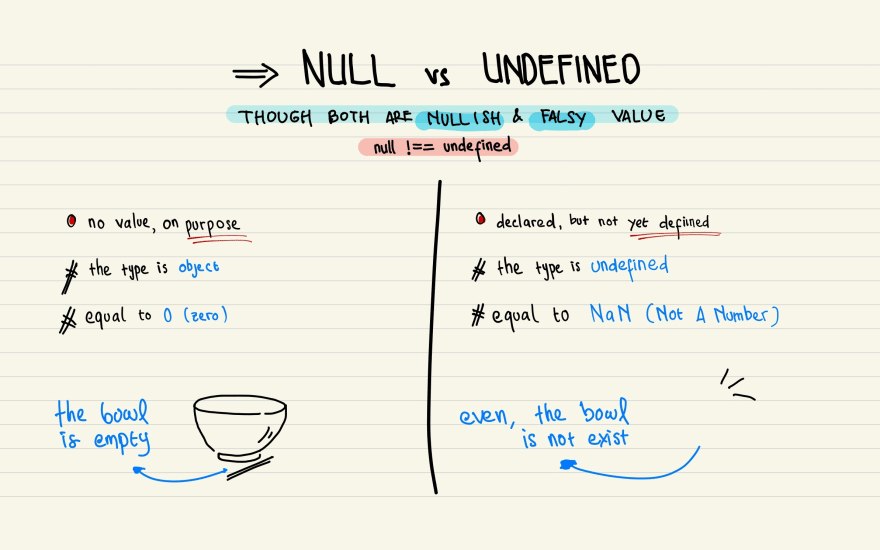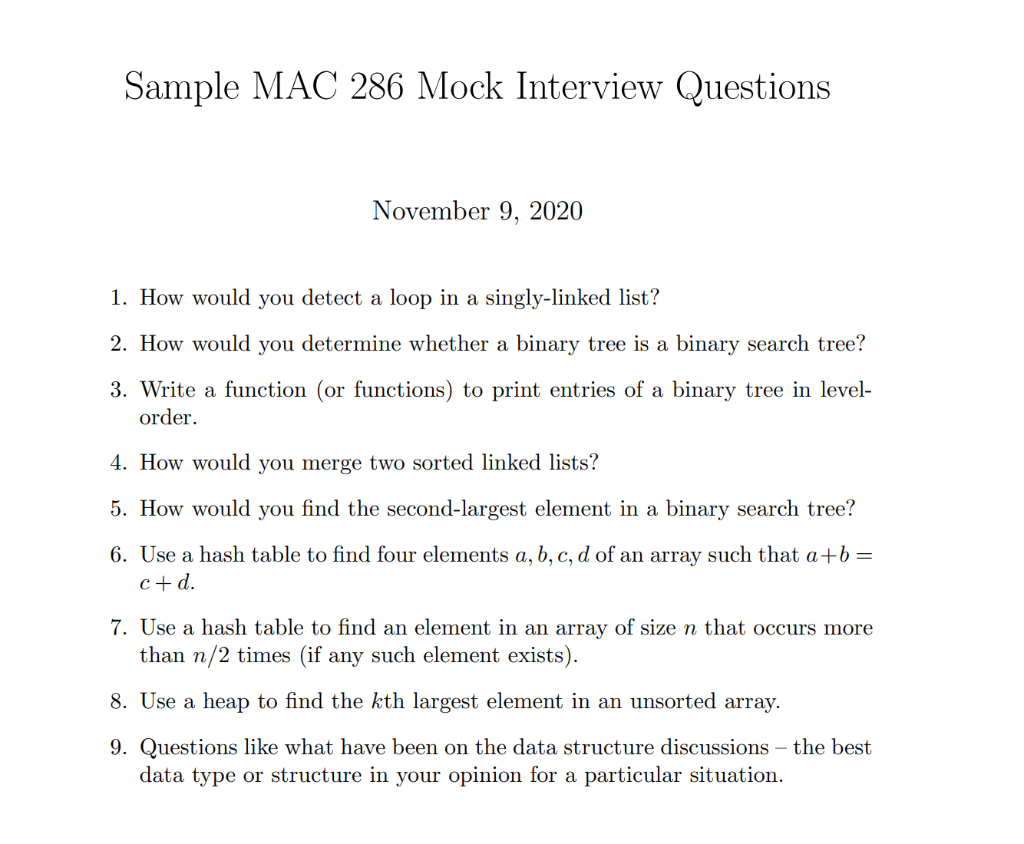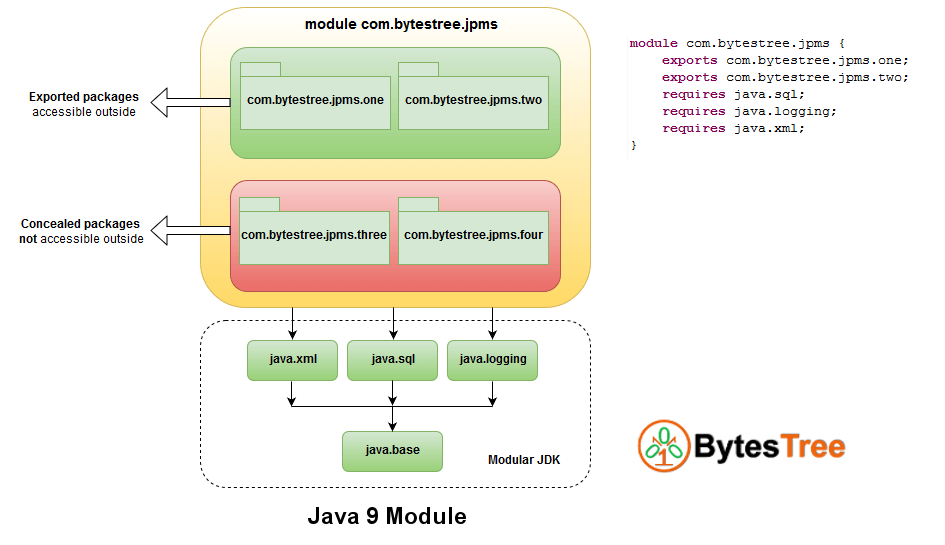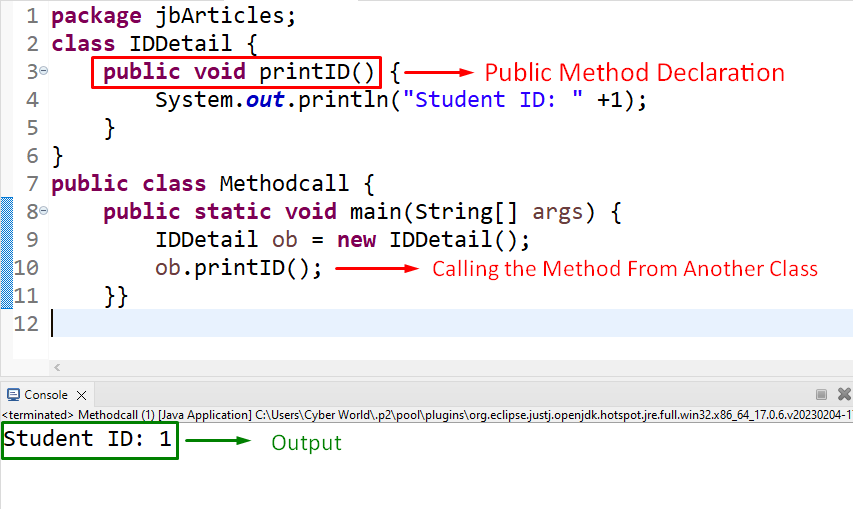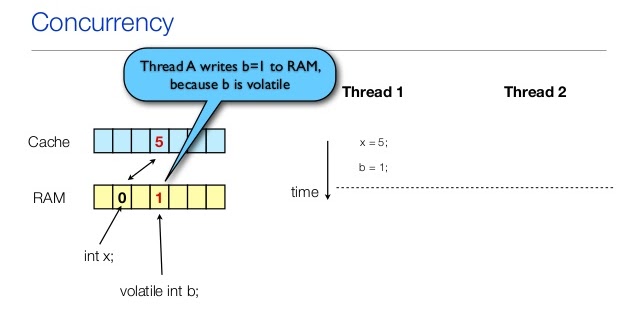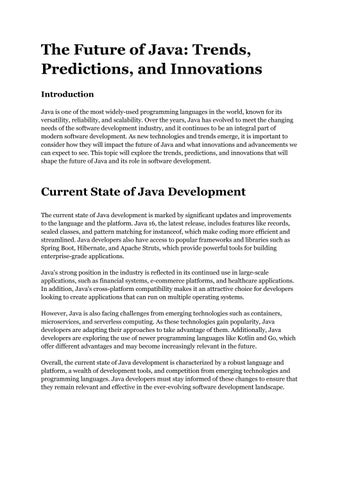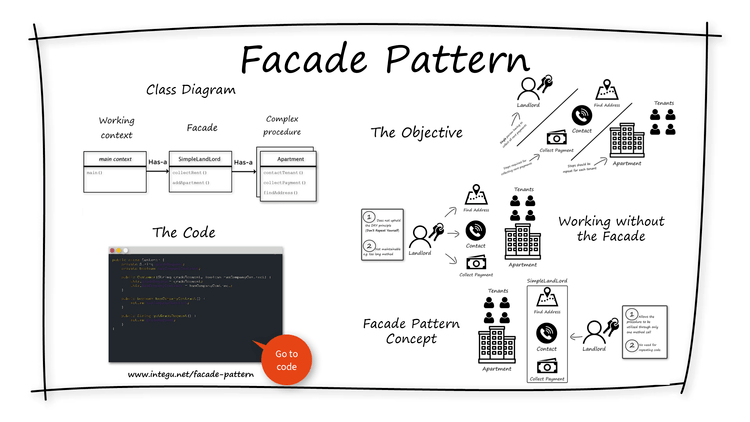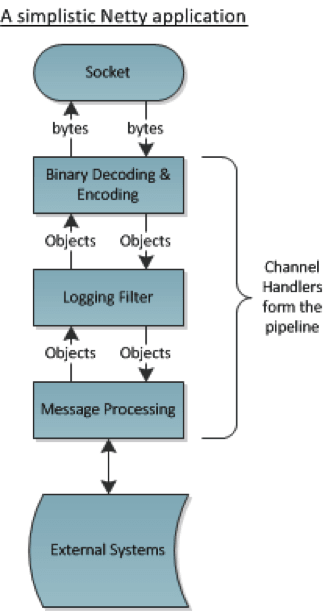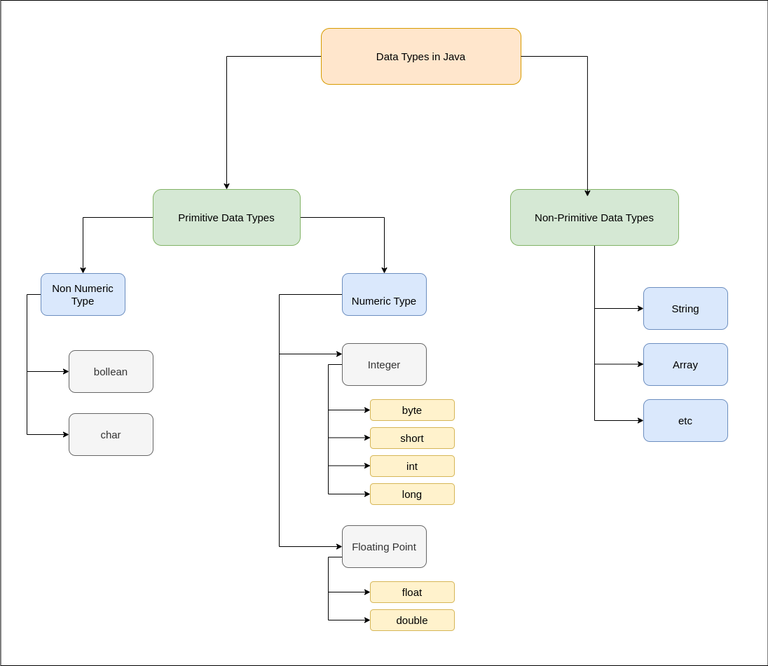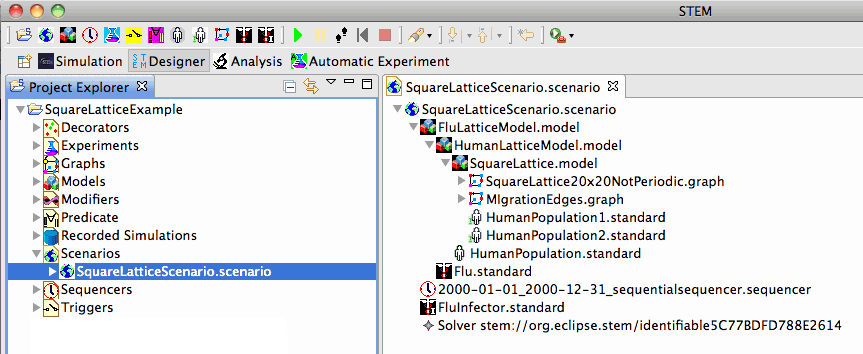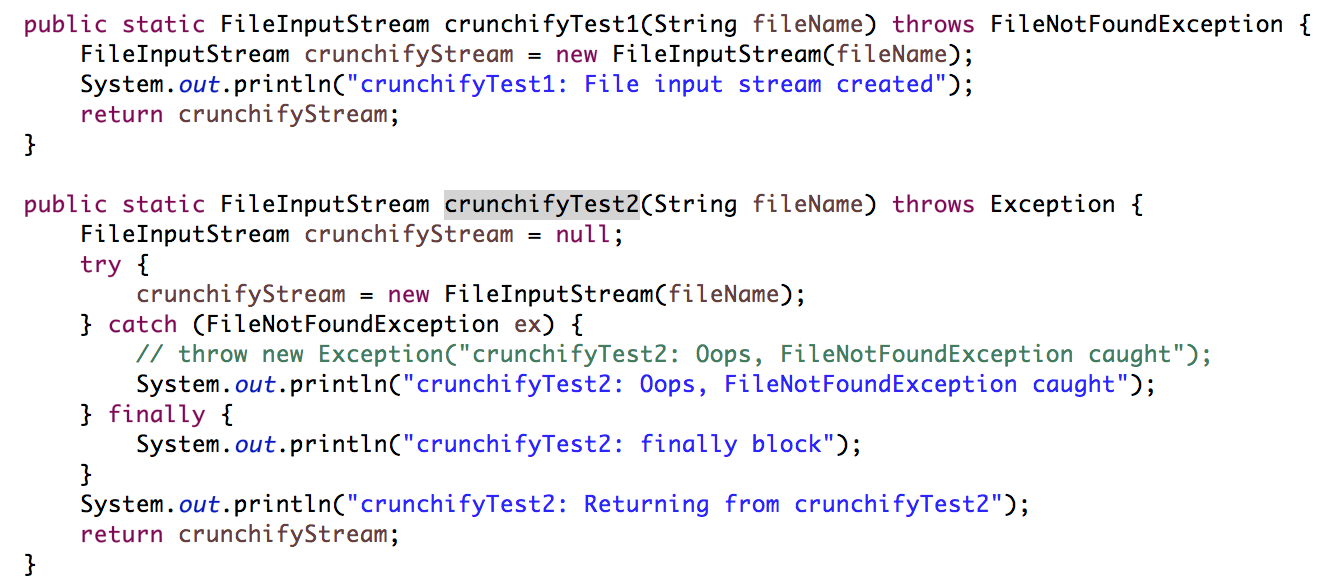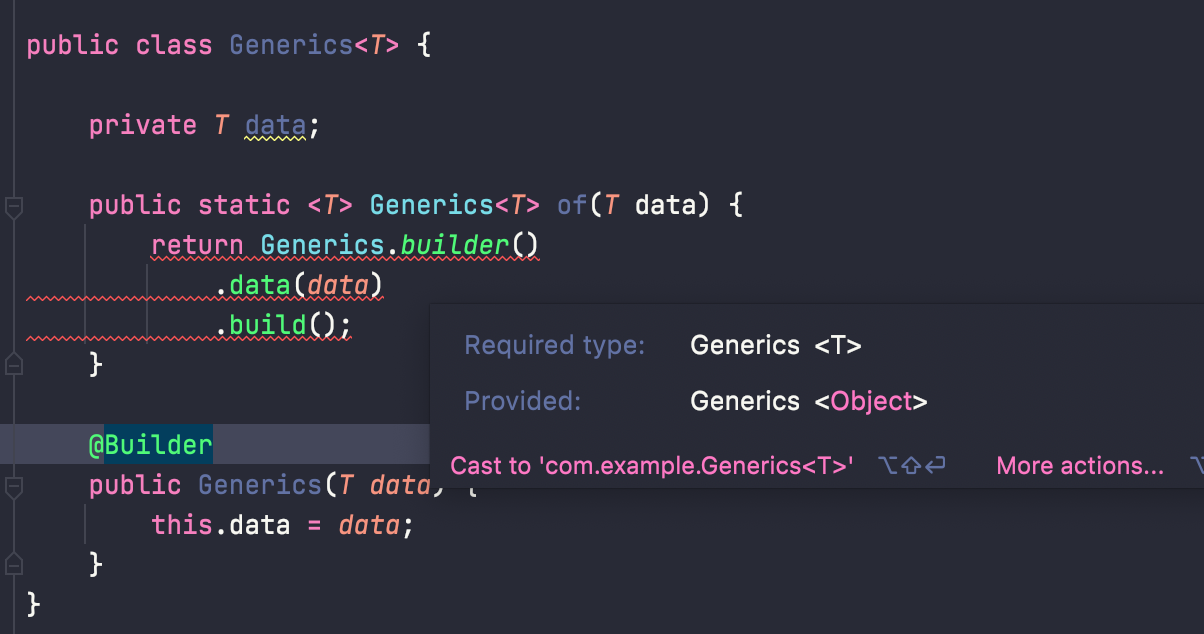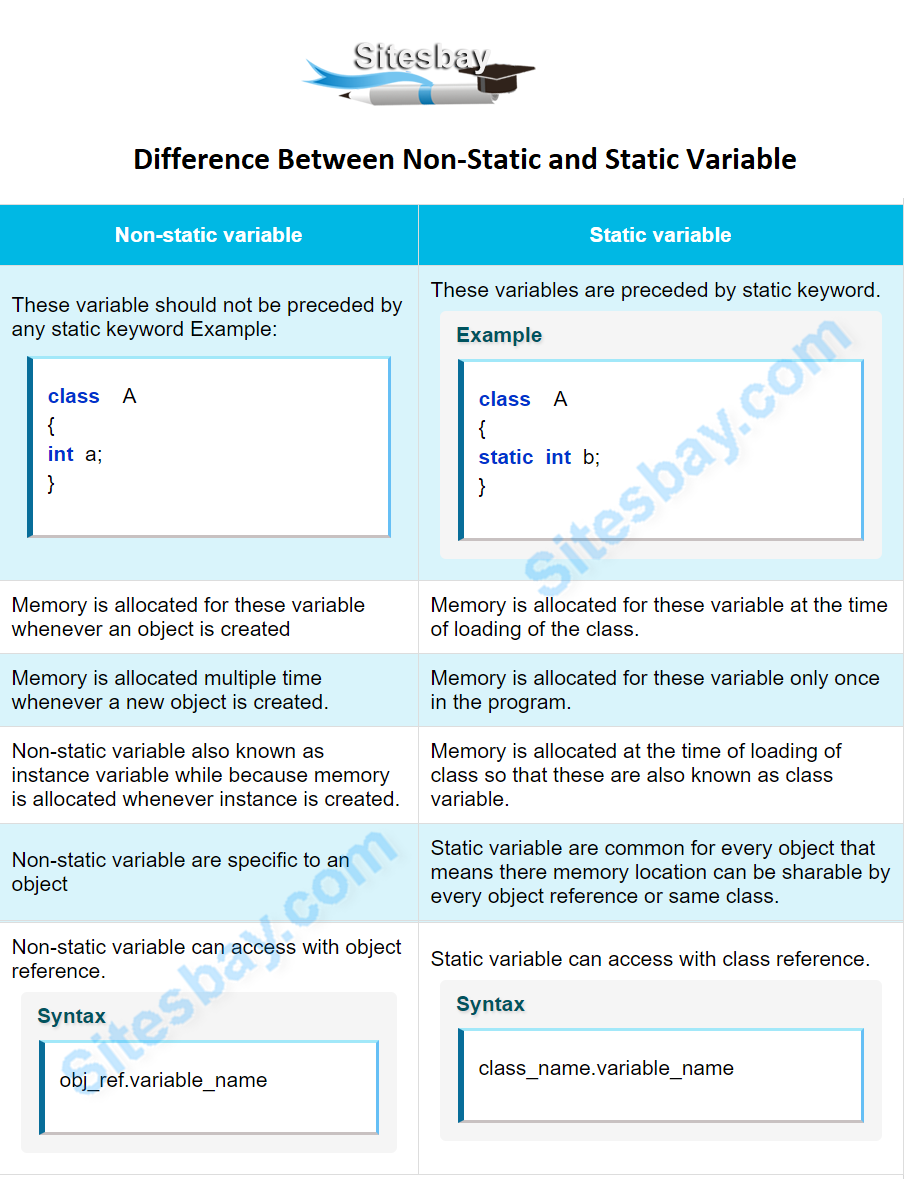Java AtomicInteger thread-safe
Java AtomicInteger thread-safe

Java's AtomicInteger class is designed to be thread-safe, allowing multiple threads to access and modify its value concurrently without worrying about data corruption or inconsistencies.
To achieve this thread-safety, the AtomicInteger class uses a combination of techniques:
AtomicInteger (i.e., the integer value) is declared as volatile. This ensures that changes to the variable are immediately visible to all threads that access it. Atomic Operations: The AtomicInteger class provides a set of atomic operations, such as getAndIncrement(), incrementAndGet(), and compareAndSet(), which execute atomically. These operations use low-level instructions (e.g., CPU-specific atomic operations) or libraries (e.g., sun.misc.Unsafe) to ensure that the operation is completed as a single, uninterruptible step. Lock-Free Programming: The AtomicInteger class uses lock-free programming techniques to minimize contention between threads and reduce the likelihood of concurrent modifications. Happens-Before Guarantees: When multiple threads access the AtomicInteger concurrently, the JVM ensures that the operations are executed in a consistent order, using happens-before relationships to guarantee the correctness of the updates.
These design choices enable the AtomicInteger class to provide strong thread-safety guarantees:
AtomicInteger is always in a consistent, up-to-date state. No Deadlocks: The AtomicInteger class does not use locks, which eliminates the possibility of deadlocks.
The thread-safety benefits of AtomicInteger can be summarized as follows:
When to use AtomicInteger? Whenever you need to maintain a thread-safe, shared integer value that can be updated concurrently by multiple threads. This is particularly important when building:
In summary, AtomicInteger in Java provides a thread-safe way to update shared integer values concurrently, leveraging the JVM's low-level mechanisms and lock-free programming techniques.
What does thread-safe mean in Java
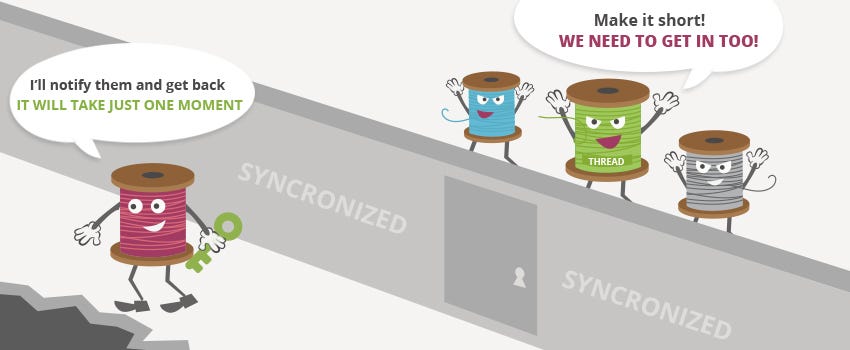
In Java, "thread-safe" refers to a code or object that can be safely executed by multiple threads concurrently without causing any unexpected behavior, such as data corruption or inconsistencies.
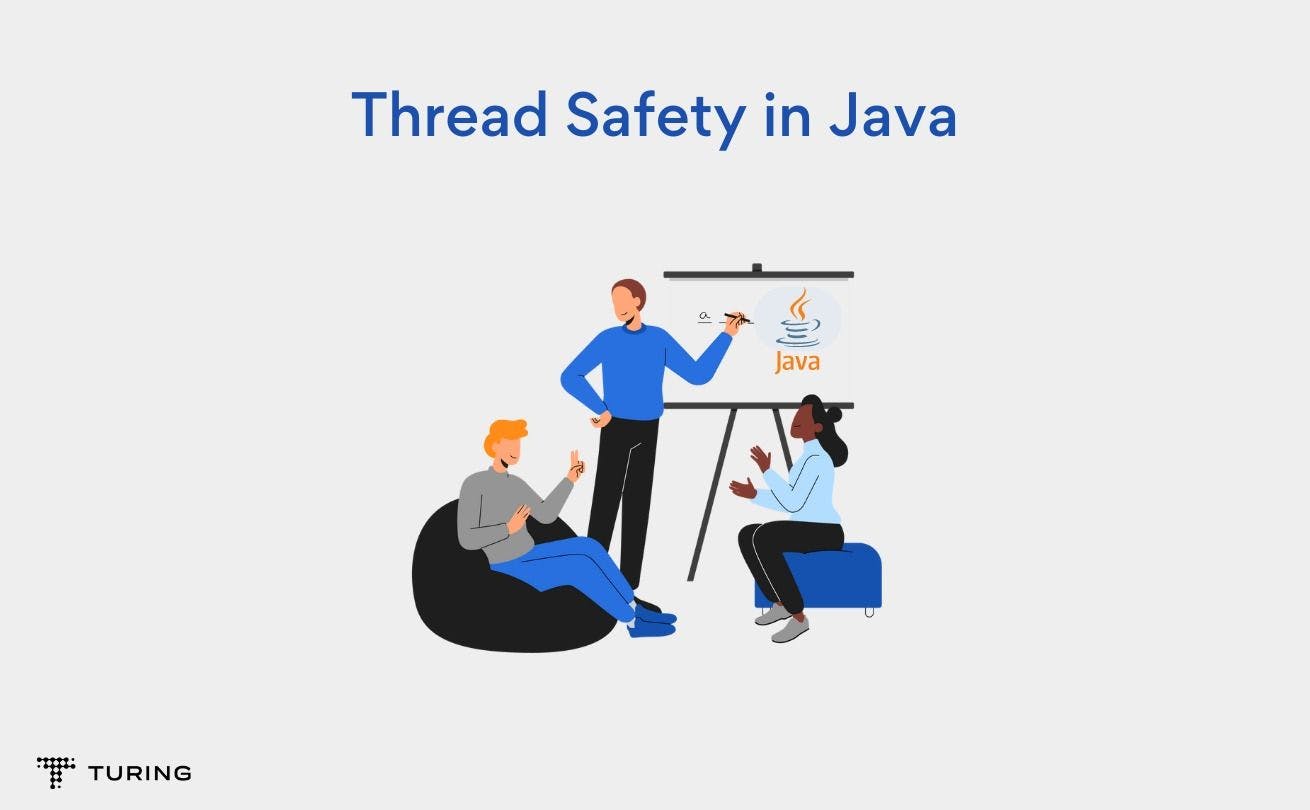
Thread safety is a crucial consideration when developing multithreaded applications in Java, where multiple threads share the same memory space and interact with each other. When a thread accesses shared resources, such as variables or objects, it can lead to unforeseen consequences, like race conditions, deadlocks, or inconsistent data.
A thread-safe code ensures that:
Atomicity: Operations on shared variables are treated as atomic, meaning they are executed as a single, indivisible unit. This prevents partial updates and ensures consistency. Visibility: Changes made by one thread to shared state are immediately visible to other threads. Mutual Exclusion: Only one thread can access a shared resource at a time, preventing conflicts and ensuring exclusive access.To achieve thread safety in Java:
Synchronize with locks (e.g.,synchronized methods or ReentrantLocks): This ensures that only one thread can execute the code protected by the lock. Use immutable objects: Make sure objects are not modified once they're created, so multiple threads can access them simultaneously without concerns. Employ concurrent data structures: Use data structures designed for concurrent access, such as ConcurrentHashMap or CopyOnWriteArrayList. Avoid shared state: Minimize the use of shared variables and favor local storage instead.
Some best practices to ensure thread safety in Java:
Use volatile variables: Declare shared variables asvolatile to ensure visibility and atomicity. Avoid final fields in classes: If a class has final fields, it may not be thread-safe if these fields are accessed concurrently by multiple threads. Monitor and debug: Regularly test your code with multithreaded scenarios and use tools like jstack or VisualVM to detect potential issues.
Failing to ensure thread safety can lead to:
Data corruption: Unpredictable changes to shared data, resulting in inconsistencies and errors. Deadlocks: Threads become stuck, preventing any further progress, due to conflicting locks or dependencies. Starvation: A thread is unable to access a resource because another thread holds the lock for an extended period.In conclusion, ensuring thread safety in Java requires careful design and implementation of multithreaded code. By understanding the importance of atomicity, visibility, and mutual exclusion, developers can create robust, reliable, and efficient applications that effectively utilize multiple threads.
